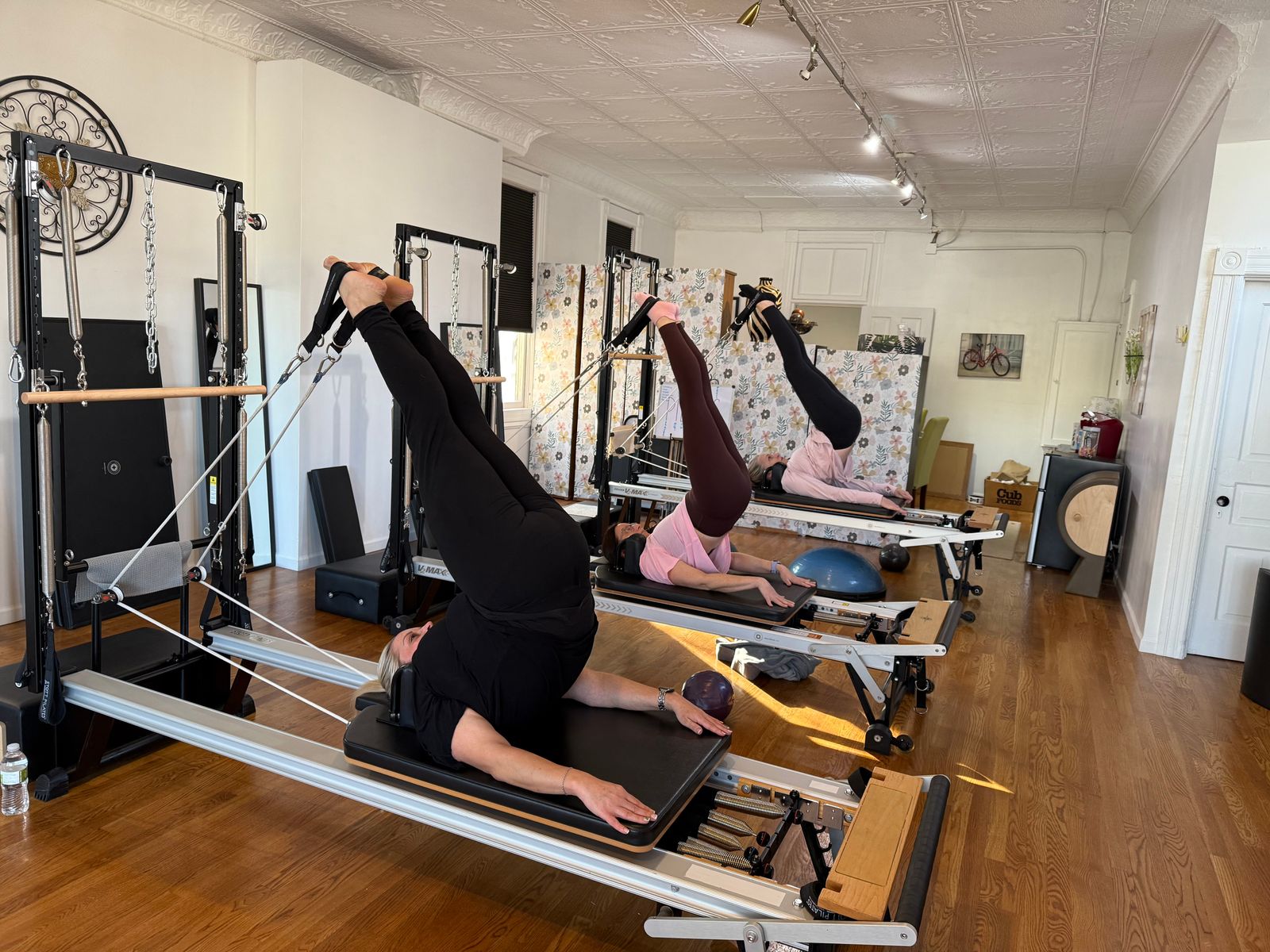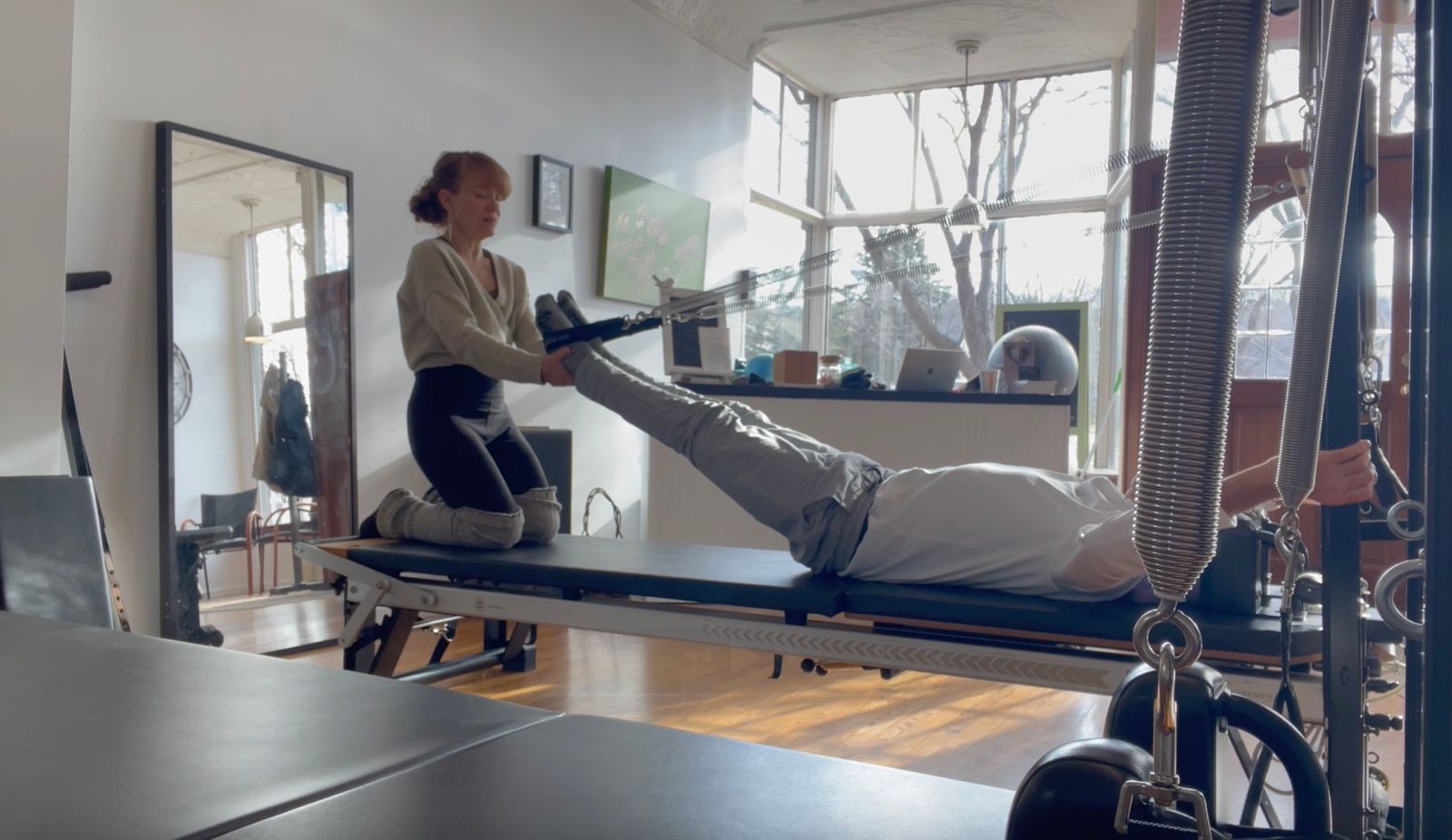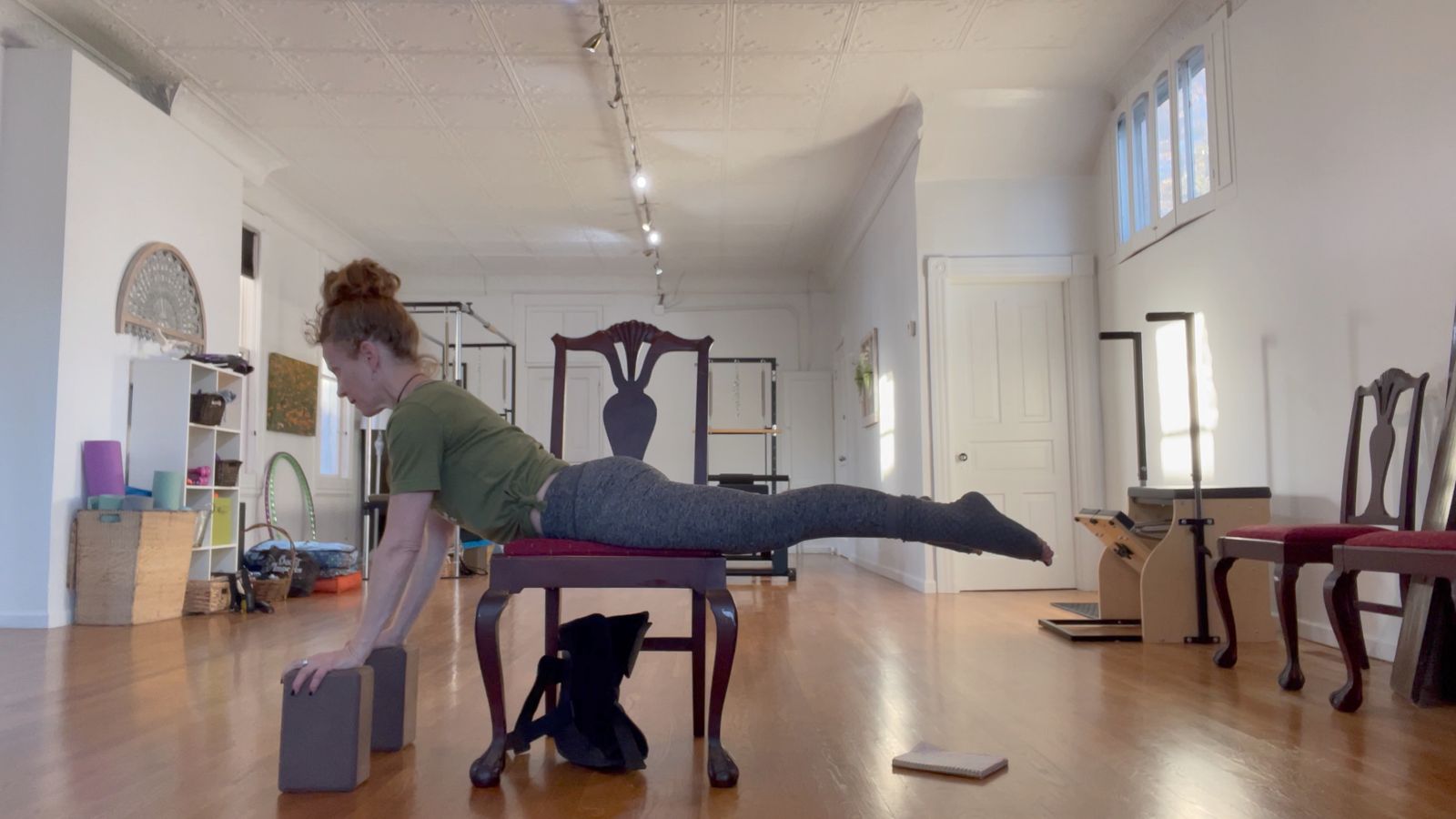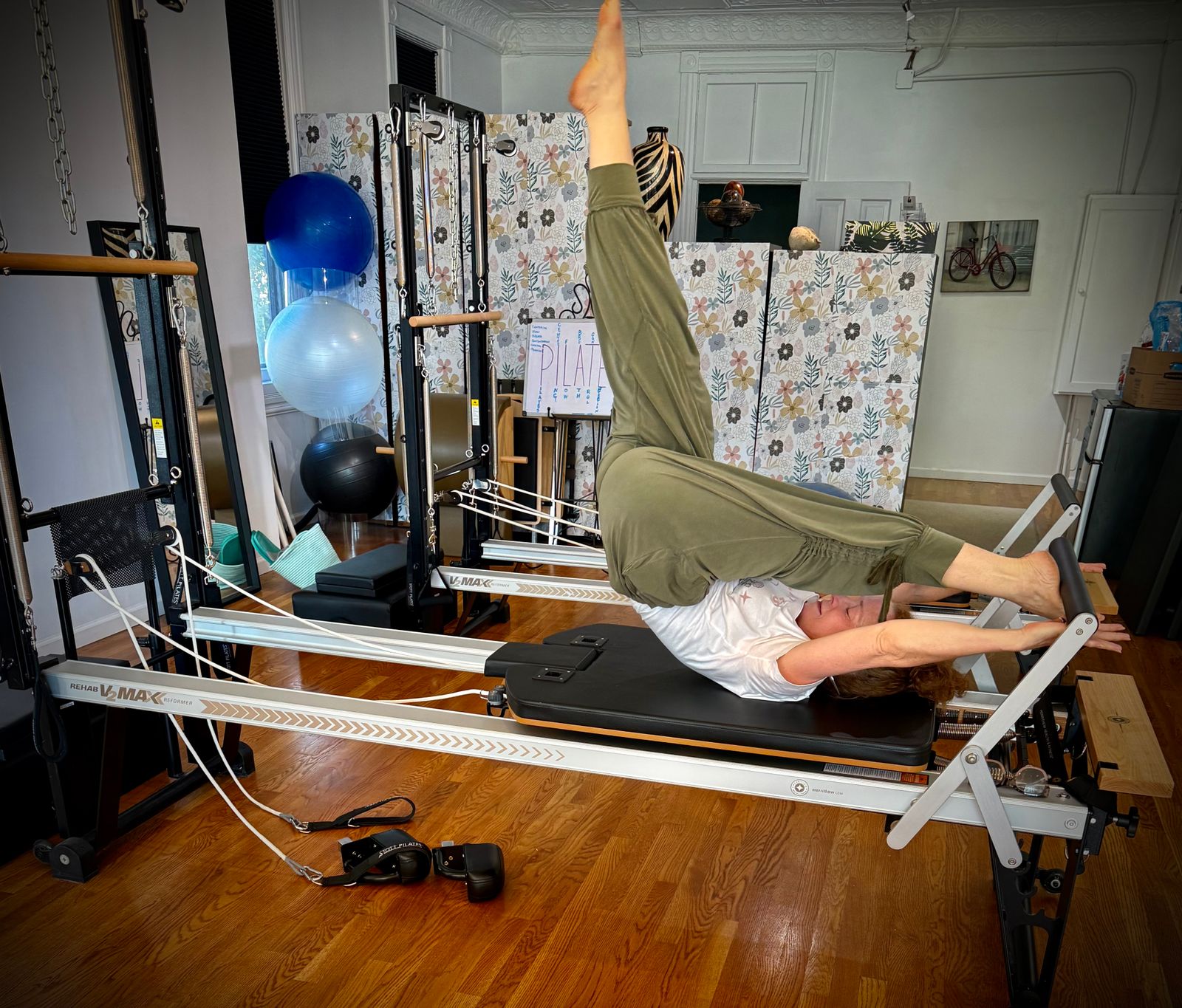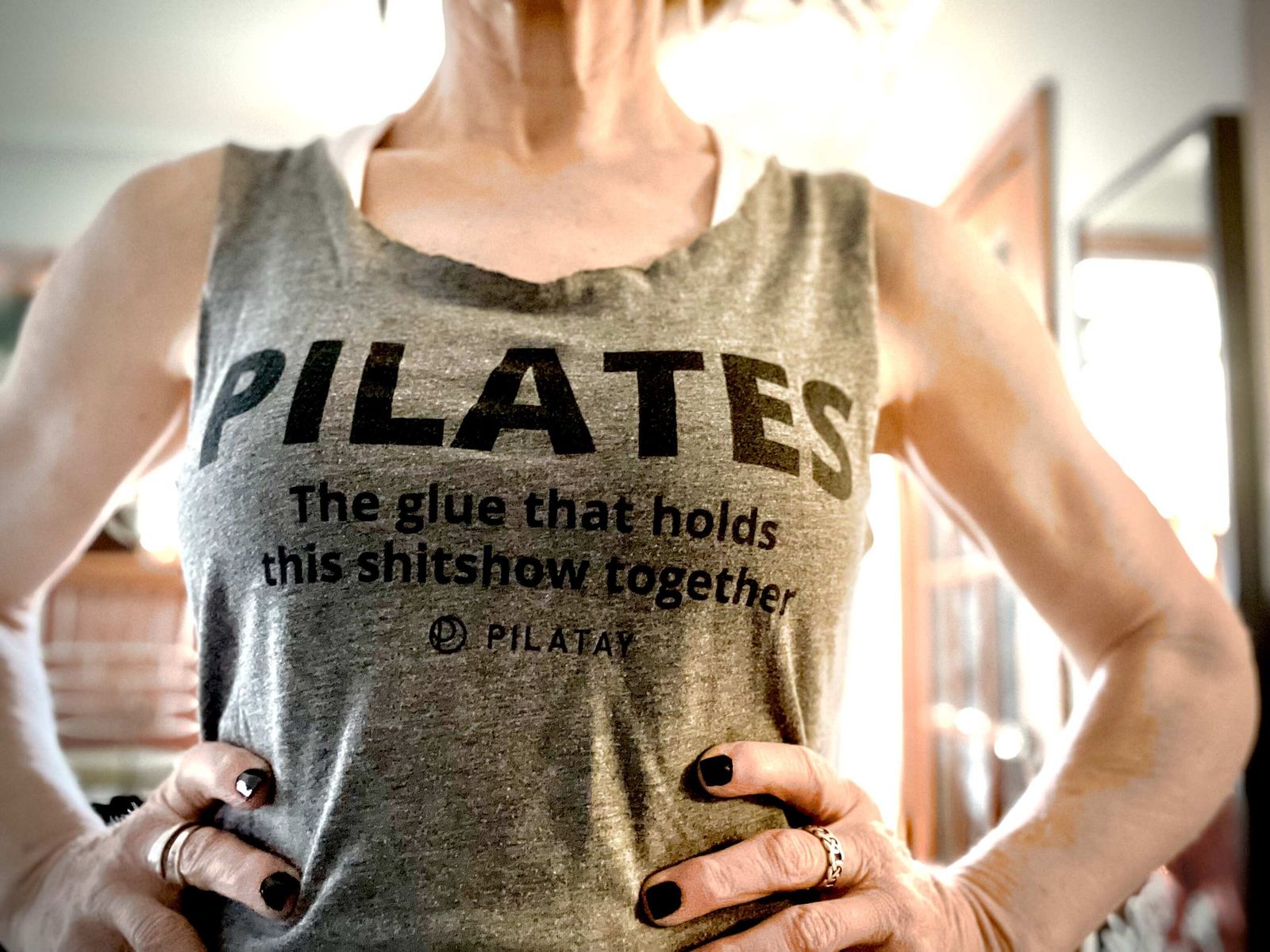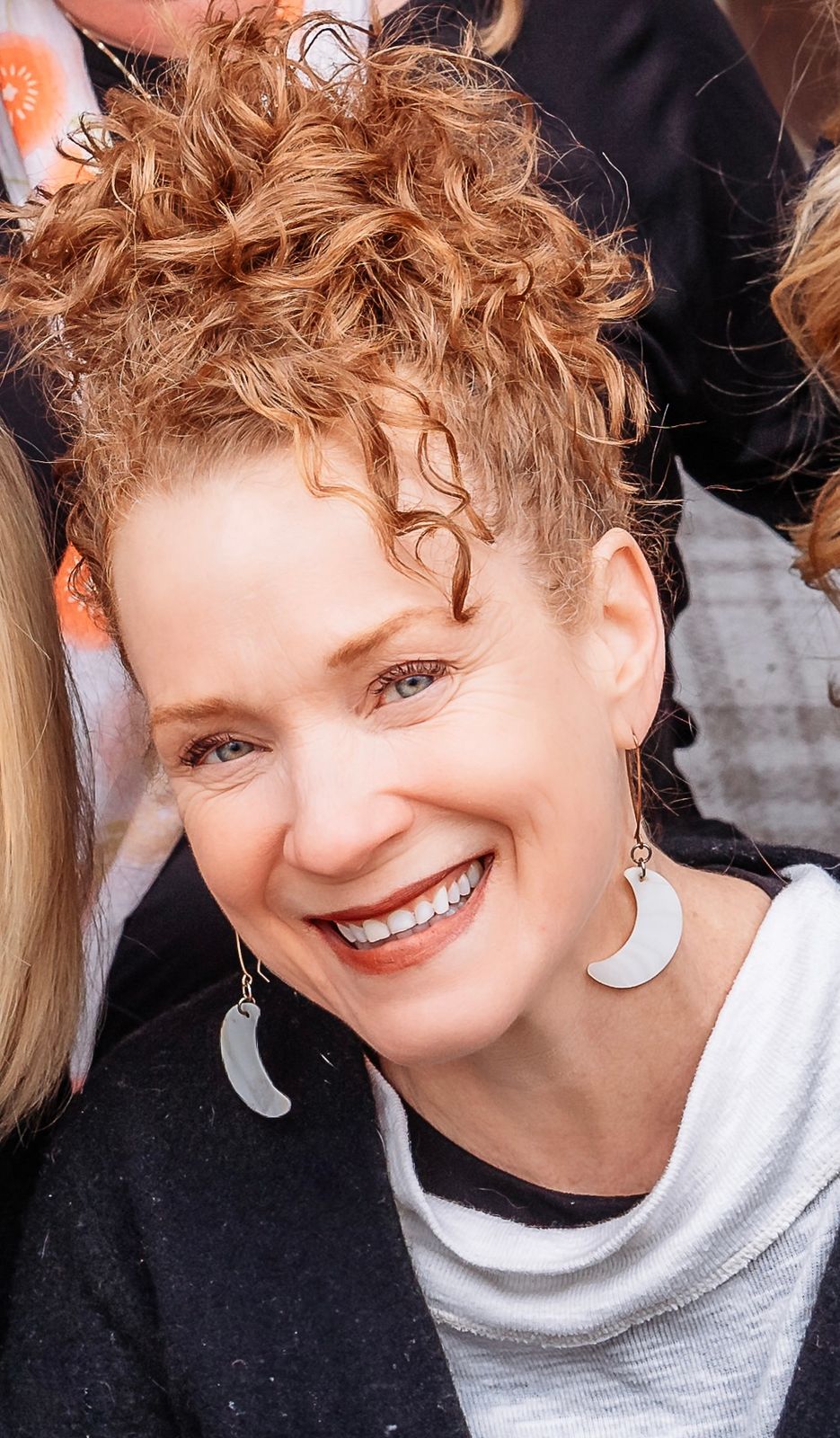
About Me
Pilates, like the rest of the world, is chaos. But within the chaos is order, if you know where to look.
When I first started doing Pilates a million and twenty years ago, I didn’t know there was a man behind the name—Joseph H. Pilates. I didn’t know that he called his method Contrology (not Pilates). I didn’t know that he devoted his life to studying, practicing, teaching and preaching about the profound benefits of movement for our overall health and wellbeing.
Despite not knowing any of this, I began teaching Pilates in 2011, shortly after my husband's death, from cancer. Not because I looooved Pilates and wanted to share this healing modality with the world. So then, why Pilates, and not yoga, or marathons or something else? Timing, as much as anything, really. All I knew at the time, was that my life had been gutted and I needed to rebuild, from the ground up.
When I think about it, that's exactly what Pilates is: building strength and flexibility, from the ground up. Over the years, I've learned so much about rebuilding from the ground up. I wholly believe that restorative movement and Pilates (synonymous, in my mind, body and spirit) can help so many bodies in so many ways, but I also see too many folks getting lost in the chaos. If you're just doing "reformer pilates," small p, you are missing out on so much of the whole of Pilates, capital P. there is absolutely a method to the madness.
Here, in my small corner of the world, it is my holy obligation to do my part in preserving Joseph Pilates' original, healing, restorative work. I teach his original exercises, in the original order, using the mat, the reformer, Cadillac, chair, various arcs and barrels and other tools. I can skillfully and creatively adapt all the work to every body I work with. My relationship with my students is decidedly collaborative and creative; no two bodies are alike. Hell, even within our own body, no two day is ever the same; as such, I truly teach to the body in front of me.
I'm an incurable, curious lifelong-student, forever amazed at the infinite capacities and resilience of humans, and the bodies with which we are graced. I learn far more from my students than they will ever learn from me. I am so humbled and grateful for the opportunity to work each body who walks in my door, who trusts me with guiding them through the chaos, back to calm.
Studio Policies
Please note:
Jennifer Hildebrandt Pilates has a firm cancellation policy: please extend the courtesy of a twenty-four (24) hour notice for private sessions, or a twelve (12) hour notice for small group classes (mat and reformer-tower), to avoid being charged.
Intro packages expire two weeks after purchase. All other packages expire two (2) months after purchase. If life is hectic and unpredictable, please purchase a 5 pack or single session, to avoid losing sessions from your package.
Jennifer is not a medical professional and cannot diagnose or treat any illness, injury or disease. Our work together is meant to support and supplement medical care, not to replace it. Please contact your medical provider if you have any health concern that may affect or interfere with your time at the studio.
Phones/devices must be silenced during class.
Arrive 5-10 minutes prior to your scheduled class or session.
Wear comfortable clothing that allows for ease of movement and adequate covers all the naughty bits!
Wear socks with grippies on the soles or bare feet for all classes (please no shoes, unless otherwise discussed).
Bring a mat (for mat classes) and water, to stay well-hydrated. A few mats are available, should you forget yours.
PLEASE stay home if you are ill, and I will do the same!
PLEASE, no zippers, snaps, jewelry or dark nail polish—all can potentially damage the equipment and/or cause injury.



